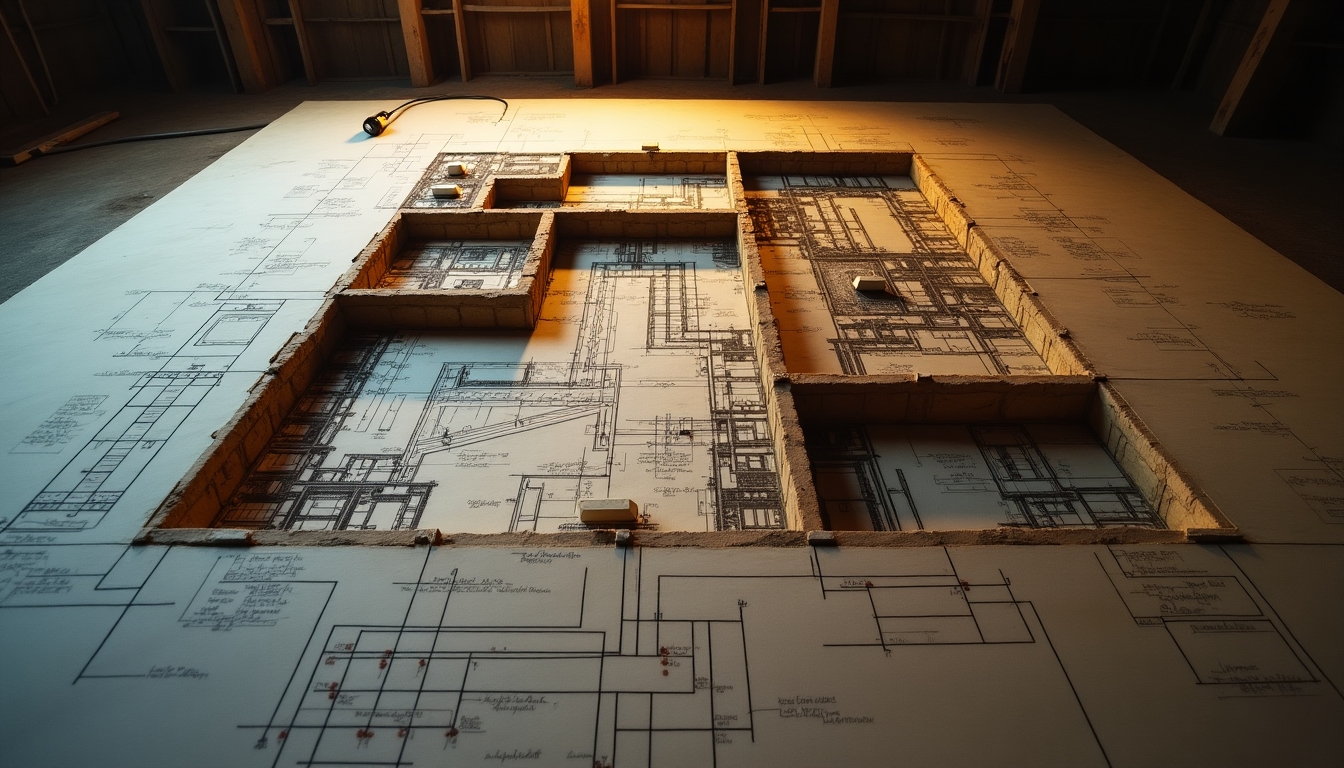Foundation Design Standards and Codes: A Comprehensive Guide
Foundation Design Standards and Codes: A Comprehensive Guide
Understanding foundation design standards and codes is crucial for safe construction. This guide explores shallow foundations, foundation design, and key requirements every builder should know.

Introduction to Foundation Design
When constructing a building, the foundation is one of the most critical elements. It ensures stability and longevity, serving as the groundwork on which everything else is built. In this article, we will explore essential foundation design standards and codes, particularly focusing on shallow foundations. By understanding these principles, builders and architects can ensure structures withstand the test of time and meet safety regulations.
What Are Foundation Design Standards and Codes?
Foundation design standards and codes are a set of regulated guidelines that ensure the safety and stability of a building’s foundation. These standards are developed by organizations such as the International Building Code (IBC) and must be adhered to in construction projects. They cover aspects like material quality, design calculations, and environmental considerations, making them essential for compliance and safety.

Importance of Shallow Foundations
Shallow foundations, often used for smaller buildings, are closer to the earth's surface. They are cost-effective and quick to construct, making them a popular choice in residential construction. Despite their simplicity, they must meet stringent foundation design standards and codes to ensure they perform adequately under load-bearing conditions.
- Types of Shallow Foundations
- Strip Foundations
- Pad Foundations
- Raft Foundations
Each type has different applications and must be selected based on soil type, building size, and load requirements.
Key Considerations in Foundation Design
-
Soil Analysis: Conduct a thorough analysis to understand soil properties. This determines the type of foundation suitable for construction.
-
Material Selection: Use materials that comply with standards for quality and durability.
-
Structural Calculations: Perform accurate calculations to determine the foundation's ability to support building loads.
-
Environmental Impact: Consider the environmental aspects of the site, including water drainage and potential for erosion.

Personal Insights: A Builder’s Perspective
As a builder, understanding foundation design standards and codes is part of the daily grind. From my experience, ensuring compliance isn't just about passing inspections; it’s about pride in a job well done and knowing the building is safe for its inhabitants. We must remember that cutting corners not only compromises safety but can lead to costly repairs down the line.
Conclusion
In wrapping up, foundation design standards and codes play a critical role in ensuring building safety and longevity. By adhering to these standards, builders uphold the integrity of their craft while minimizing risks associated with structural failures. Remember, the foundation is the bedrock of any structure; proper design and adherence to codes ensure that the building stands strong.






